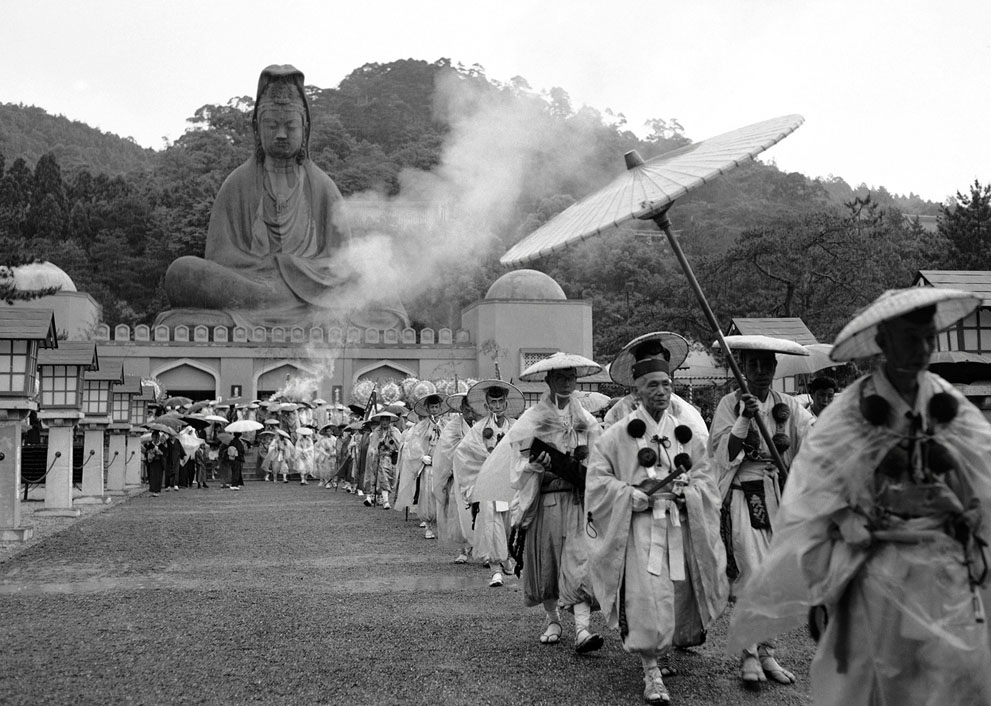Last week I was very happy to catch up with photographer Robert van Koesveld while he was in town. Robert was kind enough to give me a copy of his new book, “Geiko & Maiko of Kyoto” which he self-published after an extremely successful Kickstarter campaign.

If you are at all interested in the world of geiko and maiko then I would happily recommend this book. Robert’s beautiful photography and insightful text provides a wonderful pictorial guide to the world of Kyoto’s geisha. And I particularly like the part of the book that also introduces those people who work behind the scenes; the footwear makers for instance, the kimono artists, and the shamisen teacher etc…

Pop into Maruzen bookstore in Kyoto now, and you will see a large display of Robert’s books close by the Maruzen Cafe. Several of his images are also featured on posters there, to give you an idea of the contents of the book. Take a look. I’m sure you’ll be tempted.
Useful links: Geiko & Maiko of Kyoto
Robert van Koesveld Photography
(always) Learning to See: A photography blog by Robert van Koesveld

 Text and photograph by Javier Montano. Javier Montano is well known locally for his group photo walks as well as his own stunning photography. Here on Deep Kyoto, he writes regularly with advice for would be photographers. Check out his own work at
Text and photograph by Javier Montano. Javier Montano is well known locally for his group photo walks as well as his own stunning photography. Here on Deep Kyoto, he writes regularly with advice for would be photographers. Check out his own work at 






























